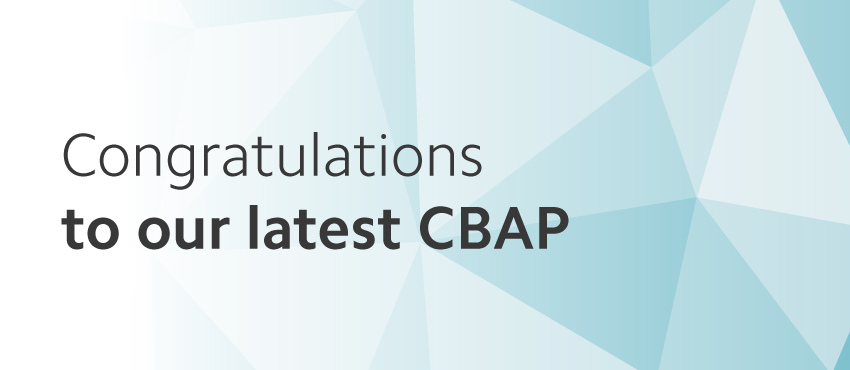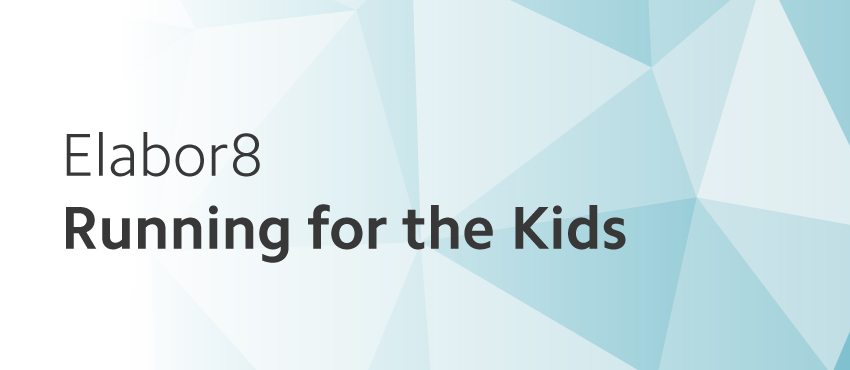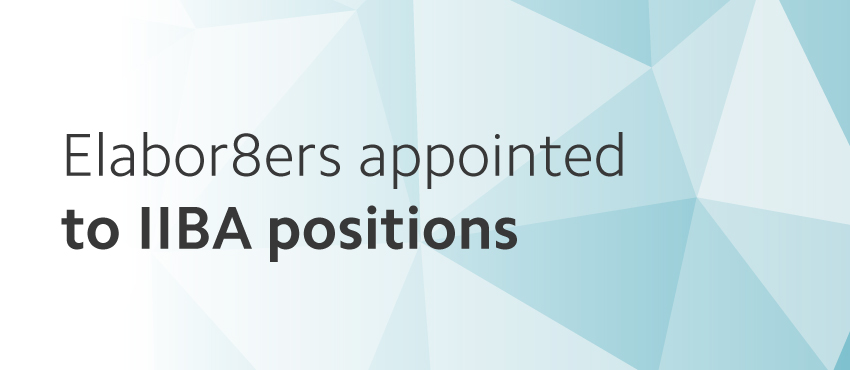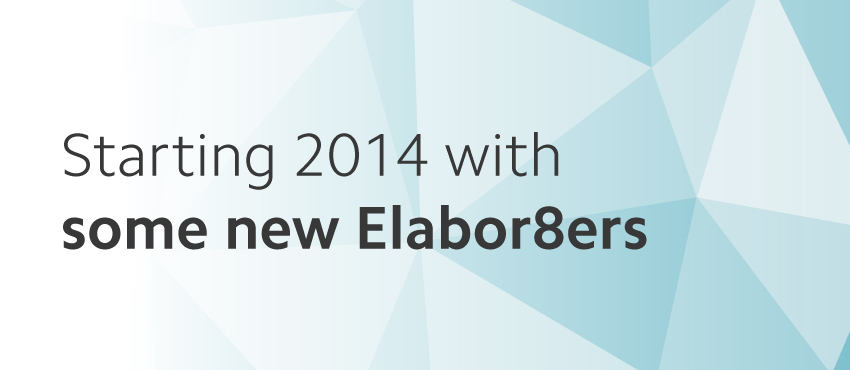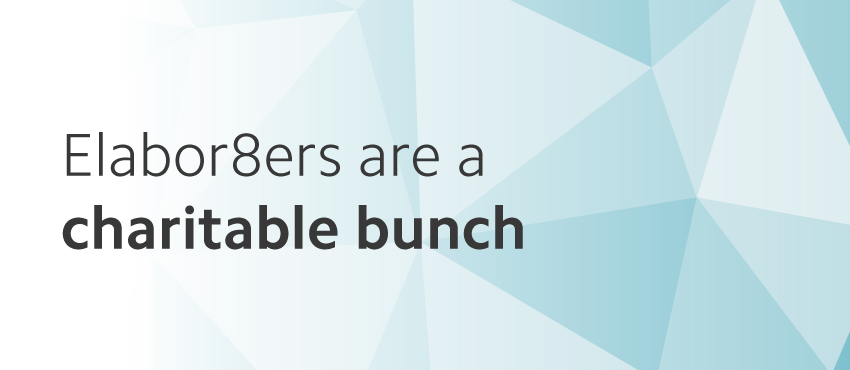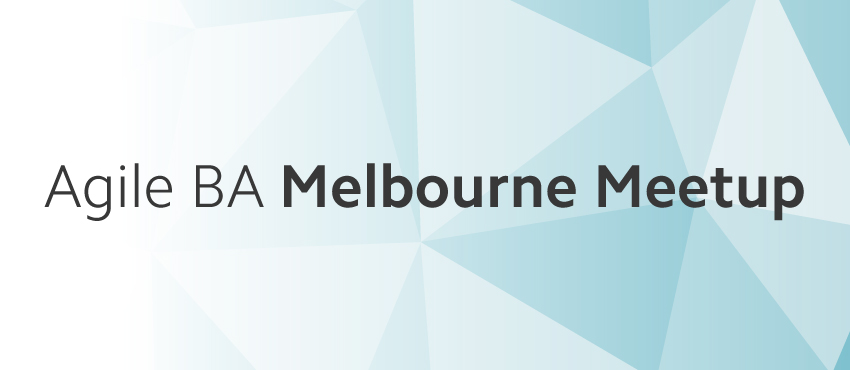We are very proud of Senior Agile Consultant Rupi Parmar who was part of the winning team at REA’s Hack Day that was held on Thursday and Friday of last week. The “Homebrew Oculus” team took out the first prize, for Technical Innovation. They built a home-made Oculus Rift using a 3D printed OpenDive frame (http://www.durovis.com/opendive.html), an android phone, and…
CategoryInsights
Congrats to Jess our newest SPC
We are excited to announce that Jessica Doedee recently achieved the SPC (SAFe Program Consultant) certification. Jessica has more than 12 years’ experience in the IT industry, primarily in the online/digital spheres. She started her career in UX as an interface designer focusing on interaction design and information architecture. More recently she has moved into Business Analysis and Agile whilst…
Elabor8 jazzes up your Agile Retrospectives
Elabor8 was once again delighted to co-sponsor this month’s Agile BA meet-up with Open Universities where Senior Consultant Ryan McKergow presented “How to jazz up your Retros”. In front of an audience of approximately fifty keen Agilists, Ryan described some issues with the traditional “:) 😐 :(“ retrospective and introduced the audience to several techniques that can be used at…
Congratulations to our latest CBAP
We’d like to “belatedly” congratulate our latest Certified Business Analyst Professional Vinh Pham. Vinh achieved his certification a few weeks ago, and joins a growing team of CBAPs at the company who get together in secret wearing their funky CBAP badges to talk secret CBAP matters. Well done Vinh.
Elabor8 Running for the Kids
We are excited that we have a team 10-strong participating int the Run for the Kids fundraiser this year. The team is in the final stages of their preparations and now it’s our job to support them with some donations. Run for the Kids raises money for The Good Friday Appeal which is the public face of fundraising for Victoria’s Royal…
Elabor8ers appointed to IIBA positions
Some of Elabor8’s founding visions were to be actively involved in the BA community, be thought leaders and actively work to professionalise Business Analysis. To this aim last year we began the process to get involved more heavily with the IIBA (International Institute for Business Analysis) in Australia. We are extremely proud to announce that two of our own have…
Starting the year with some new Elabor8ers
What better way to start out the new year than to welcome new talent to the organisation. A big welcome to: Kyla Lloyd – Business Development Manager. Kyla joins us from a very successful role in recruitment specialising in Business Analysis recruitment and we are very excited to have her join our Business development team. Ian Ngo – Senior Consultant.…
Retrospectives: a fresh look
Retrospectives are fairly common among Agile teams, but it sometimes seems that every team uses the same format:
- What worked well?
- What didn’t work so well?
- What still puzzles me?
Throughout this blog I’d like to introduce you to some different Retrospective techniques.
Congratulations to Open Universities
We would like to take the opportunity to congratulate Open Universities on their win at the 2013 eLearning Excellence Awards. Open Universities won two awards in the Higher Education and the Community sector for the Open 2 Study platform which was released earlier in the year. We are proud of our consultants Cecilia Waters and James Pulling who who were…
Elabor8ers are a charitable bunch
We wanted to take a moment to thank our staff for all the Charity fundraising they have been doing over the last month. Last sunday the Elabor8 attempted the Eureka Skydeck Climb for the second year. The team (pictured below) were just 26 seconds off the top 10 and more importantly raised $500 for charity. From left: Matt Fitzsimons, James Pulling, Morgan Chandler, Andrew…
Elabor8 and Open Uni Present together at Agile BA Melbourne Meetup
We had a very successful evening at the Agile BA Meetup last night. Our consultants James and Cecilia presented together with Open Universities Product Owner Takis Diakoumis and Agile Lead Erik van Eekelen on Lessons Learnt on a Lean Startup Journey whilst developing the Open 2 Study platform. The presentation was attended by a large group (50+) of Agile BAs and followed by drinks.…
What is a Story Card workshop?
What is a Story Card workshop? Ryan takes us through this lesser known Agile ceremony to provide an understanding of how it works and the benefit.
Ryan also provides an overview of a technique that has proven to be effective which helps define the scope of user stories in an easy and clear manner.




